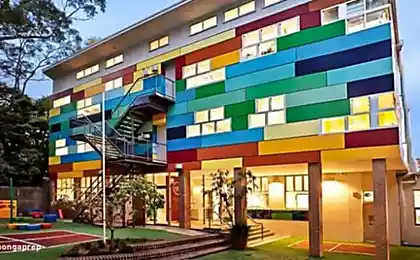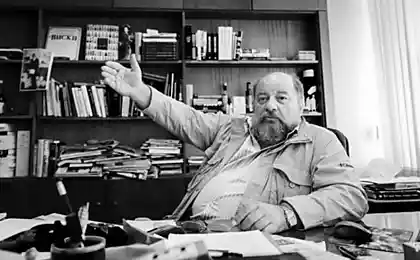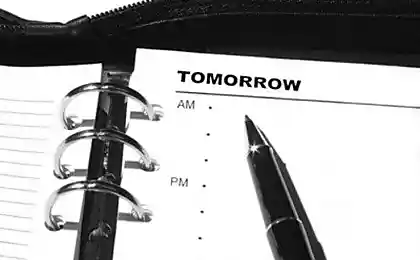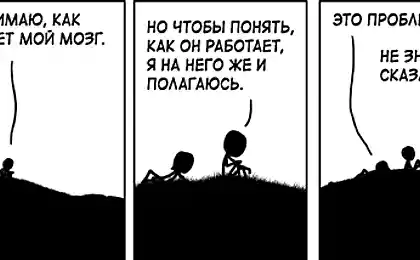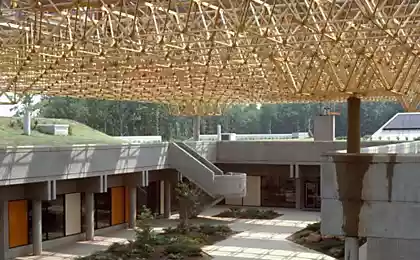134
He asked for help from his son-second grader, could not cope with the task himself.
As we have already written, tasks for the second class often baffle experienced adults and are successfully used in interviews. In order not to sit over them for an hour, try to look at the condition from an unusual angle.

These examples, by definition, cannot require complex algebraic actions. This means that the answer is simpler than you think, and only a child’s mental flexibility will be enough to find it.
At first glance, it seems that the examples are solved completely wrong. Indeed, finding any pattern in the given sequence is quite difficult.
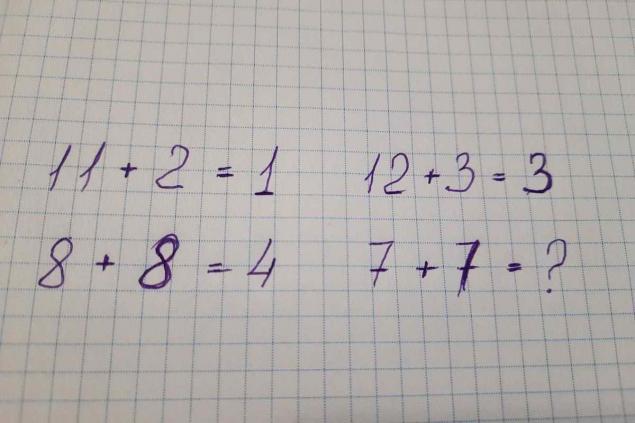
Sophisticated readers will immediately try to count straight sticks, mugs and squiggles in writing numbers. Someone will begin to multiply and divide the terms. And smart dads with two higher ones would suggest "painting simple linear charts." But they will all be equally far from the right answer.

As in the children’s problem, which Alexander Druz could not solve, the solution here will require a different view.

Think about what else, besides the usual Arabic numerals, are taught to do with elementary school students and sometimes preschoolers? That's right, with the clock! And if the readings of electronic devices do not require any additional interpretation, then with the hand clock everything is somewhat different.
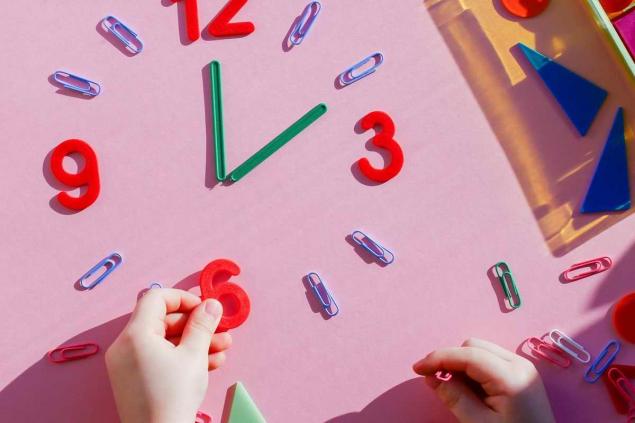
We'll try and turn the clockwise. How much will the clock show in 2 hours if it's 11 a.m.? What time will you leave school if school starts at 9 and lasts 5? And lastly, when does the train arrive if it leaves at 7pm and the whole journey takes 7 hours?

As you already understand, in this case 11 + 2 = 1, 9 + 5 = 2, and 7 + 7, oddly enough, equals two. Can you decide for yourself? Or ask for help from a second-grader? In fact, the task is quite simple and quite possible even for a preschooler. It's just that adults always make things so complicated!

These examples, by definition, cannot require complex algebraic actions. This means that the answer is simpler than you think, and only a child’s mental flexibility will be enough to find it.
At first glance, it seems that the examples are solved completely wrong. Indeed, finding any pattern in the given sequence is quite difficult.

Sophisticated readers will immediately try to count straight sticks, mugs and squiggles in writing numbers. Someone will begin to multiply and divide the terms. And smart dads with two higher ones would suggest "painting simple linear charts." But they will all be equally far from the right answer.

As in the children’s problem, which Alexander Druz could not solve, the solution here will require a different view.

Think about what else, besides the usual Arabic numerals, are taught to do with elementary school students and sometimes preschoolers? That's right, with the clock! And if the readings of electronic devices do not require any additional interpretation, then with the hand clock everything is somewhat different.

We'll try and turn the clockwise. How much will the clock show in 2 hours if it's 11 a.m.? What time will you leave school if school starts at 9 and lasts 5? And lastly, when does the train arrive if it leaves at 7pm and the whole journey takes 7 hours?

As you already understand, in this case 11 + 2 = 1, 9 + 5 = 2, and 7 + 7, oddly enough, equals two. Can you decide for yourself? Or ask for help from a second-grader? In fact, the task is quite simple and quite possible even for a preschooler. It's just that adults always make things so complicated!
The girl often visited the places of mourning angels, there she was calm, but one day she heard a voice behind her back.
Why do women marry poor men?







